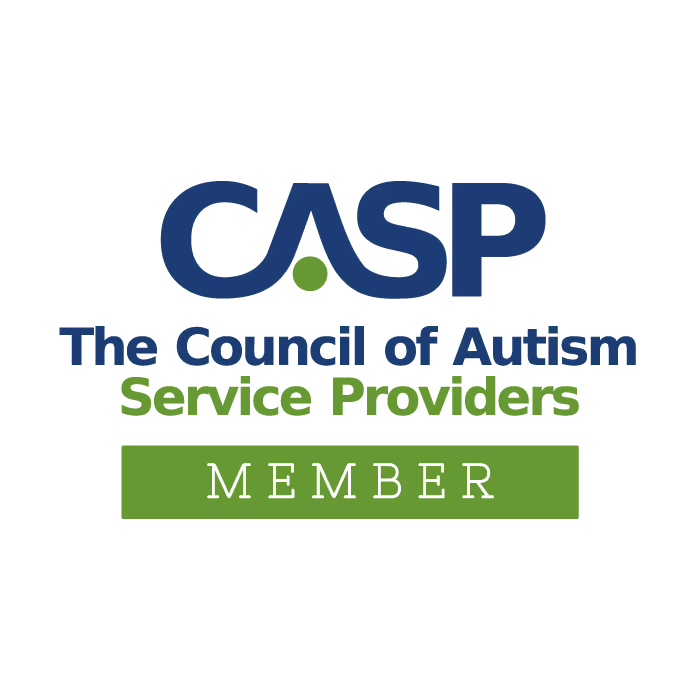Are you concerned with your child’s receptive language development? Does your child have a receptive language disorder or delay? Receptive language deficits may manifest themselves in difficulty following directions, engaging in conversation, and/or answering questions. Utilize the activities listed below at home to help improve your child’s receptive language.
7 Activities to Improve Receptive Language:
- Read Books: Reading with your child provides an opportunity to address many skills. To target receptive language, encourage your child to find and point to pictures on the pages. Draw their attention to pictures by labeling and pointing to them in order to expand vocabulary. Re-state important parts of the story and ask questions to support story comprehension.
- “I Spy”: This activity is similar to reading books with your child. Label and point to pictures on the pages of an “I Spy” book. Make it a game and see who can find the most objects on the page! Make it more challenging by assigning specific items to you and your child that incorporate basic concepts (“You find a small key and I’ll find a big one!”) You can also play “I Spy” without the book and find objects around the house or in your community.
- Simon Says: This classic game is a great way to target following directions. It encourages your child to listen for ‘Simon says’ and then follow the accompanying direction. You can tailor the direction to the skill level of your child, and increase the difficulty as the game progresses. You can start with a basic direction such as ‘raise your hands’ and end up with one like ‘count to five, touch your knees, and say your name’. For a fun twist, you can even switch roles and have your child be Simon!
- Twister: Play this exciting game to target following directions and learning basic concepts! Basic concepts included in the game are right and left, colors, and body parts. If this is too challenging for your child, you can make it simpler by focusing on a certain aspect. You can hop to different colors or place a body part on a certain color.
- Puzzle: You can turn putting a puzzle together into a time for targeting receptive language. Have your child find specific pieces and answer questions about them. (“Find the car!”, “What does a car say?”) Label all the pieces to help increase your child’s vocabulary. You can also come up with other pieces that might belong in the puzzle. For example, if the puzzle is all about zoo animals, think of additional zoo animals that were not included in the puzzle.
- Go Grocery Shopping: In your own kitchen, that is! Create a shopping list, including pictures if necessary, and have your child go shopping. Give directions such as ‘The cereal is in the cupboard’ or ask questions such as ‘Where do we keep the milk?’ You can expand the activity by having your shopping list include items to make cookies, and then follow directions while baking together!
- Play: Engage in play with your child and their toys! You can target verbs, such as running, jumping, or sleeping. Work on basic concepts like in, on, and off. Follow your child’s lead while being an accurate model for language. Encourage creativity through play!
It can be fun, creative, and rewarding to find ways to incorporate language skills into your everyday activities and routines. Use these ideas to get started and tailor them as needed. Make language fun!
Click here to read about 5 red flags for receptive language delay.














